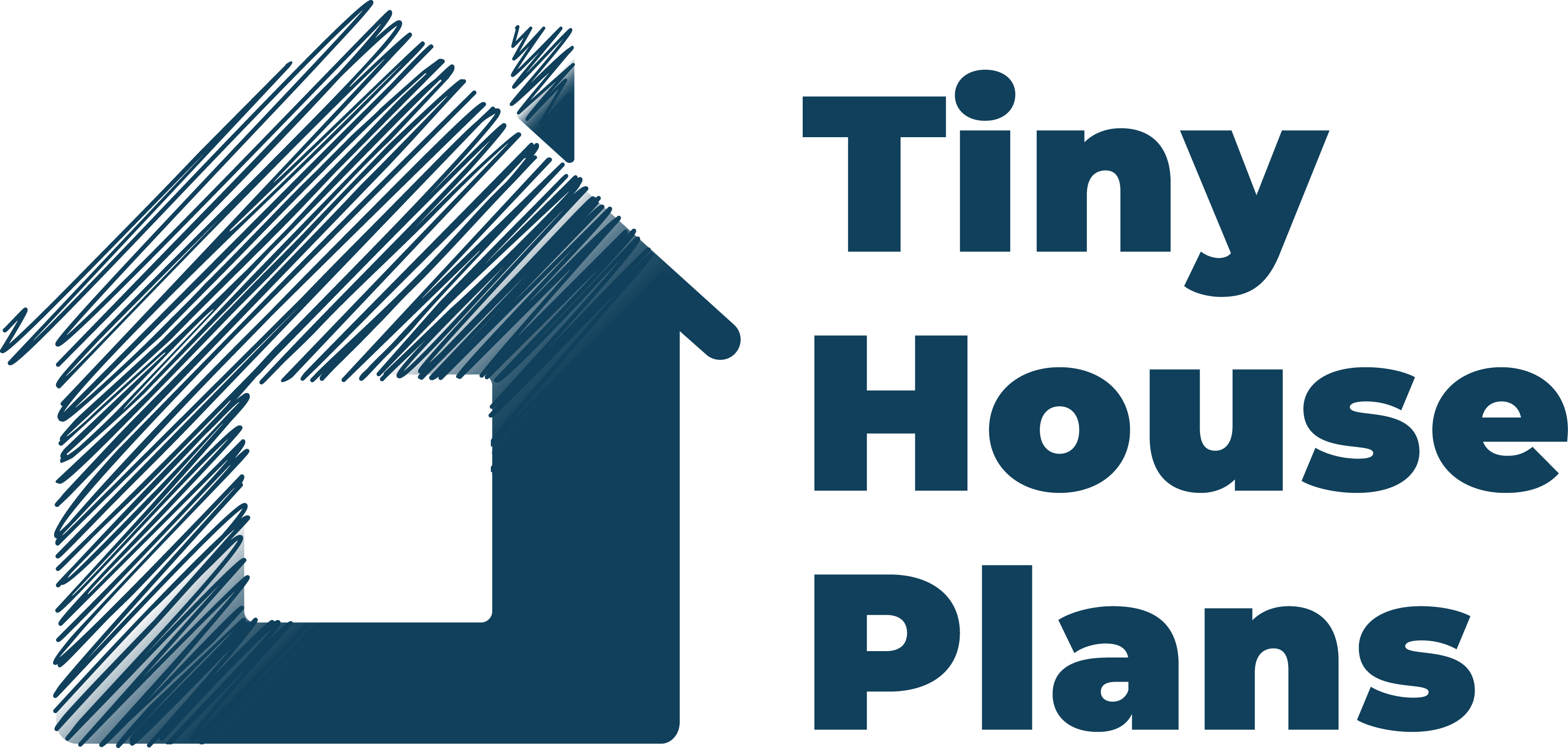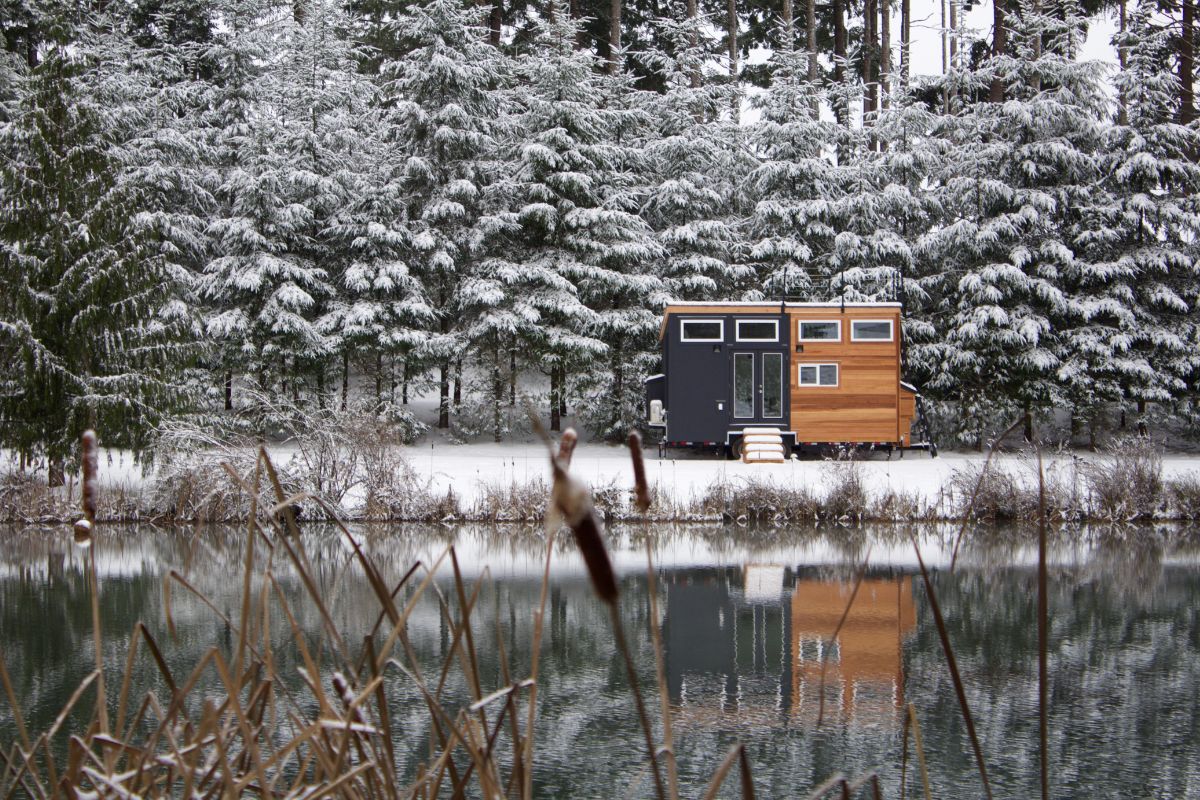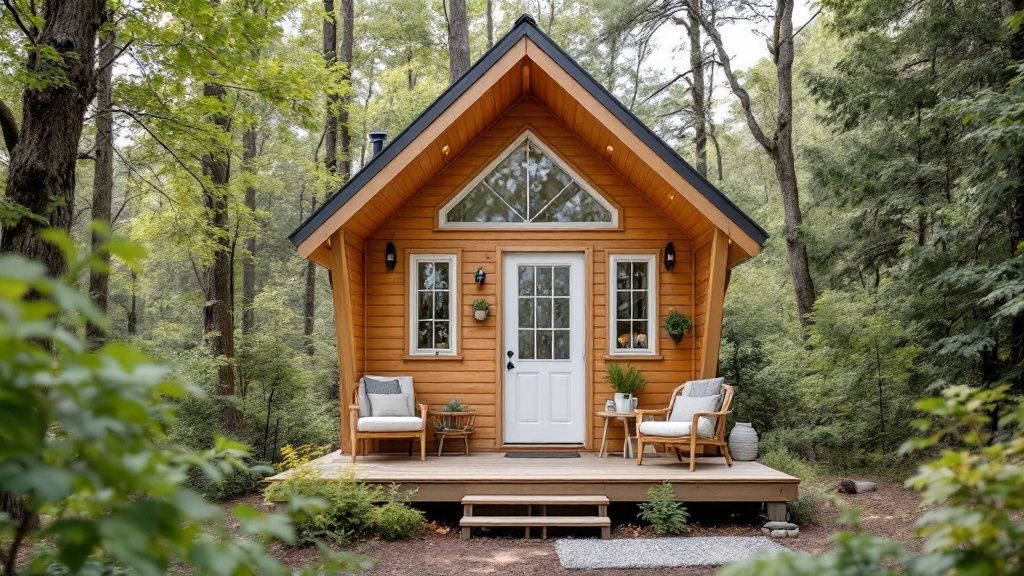What Is a THOW?
A Tiny House on Wheels (THOW) is a compact, movable dwelling designed to combine the freedom of mobility with the comfort of home. It's fundamentally a small house constructed on a trailer, allowing us to travel and live almost anywhere. These homes typically range from 100 to 400 square feet and include all the essentials: sleeping areas, kitchens, bathrooms, and living spaces.
We might wonder what makes a THOW different from a regular RV. The key distinction lies in its construction and design. Unlike RVs, THOWs are built to residential standards, with quality materials and insulation, making them more durable and energy-efficient. They often feature custom, clever storage solutions that maximize space without sacrificing functionality or style.
Many of us are drawn to THOWs for their sustainability. These homes often use eco-friendly materials and can be equipped with solar panels, composting toilets, and rainwater collection systems. Additionally, the smaller footprint encourages a minimalist lifestyle, reducing our overall consumption and waste.
Benefits of THOW Living
Living in a Tiny House on Wheels (THOW) offers numerous benefits that make this lifestyle incredibly appealing. First and foremost, THOWs provide financial freedom. With lower construction and maintenance costs compared to traditional homes, we can save considerably on housing expenses. Many of us find ourselves free from the burden of a hefty mortgage or high rent, allowing more funds for travel, hobbies, or savings.
Mobility is another major advantage. THOWs grant us the flexibility to move our homes whenever and wherever we want. We can explore new locations, follow job opportunities, or chase the perfect climate, all without leaving the comfort of our personalized space.

Sustainability is a key benefit of THOW living. These homes typically have a smaller ecological footprint due to reduced energy consumption and the use of sustainable materials. We can also incorporate renewable energy sources like solar panels, further minimizing our impact on the environment.
Lastly, THOW living encourages a minimalist lifestyle, helping us focus on what truly matters. By reducing clutter and prioritizing essentials, we can lead a more intentional and fulfilling life. Fundamentally, THOW living offers us financial freedom, mobility, sustainability, and a minimalist approach to living.
Designing Your THOW
Shifting from the benefits of THOW living, let's explore how we can design our own Tiny House on Wheels to maximize those advantages. First, we'll want to focus on space optimization. Using multi-functional furniture, like a sofa that converts into a bed or a table that folds away, allows us to make the most of our limited square footage.
Next, we should consider natural light. Large windows and skylights not only make our tiny space feel bigger but also help reduce the need for artificial lighting during the day. Incorporating mirrors can further improve this effect by reflecting light and creating an illusion of more space.
Storage is another critical element. Built-in cabinets, under-bed storage, and overhead compartments help us keep our living area clutter-free. Every nook and cranny can serve a purpose, from the space under the stairs to the area above the kitchen cabinets.
Building Your THOW
Starting on the journey of building our own Tiny House on Wheels (THOW) brings a sense of excitement and accomplishment. First, we need to select a suitable trailer, ensuring it can support the weight and dimensions of our future home. A tandem axle trailer is often a strong choice for stability and load distribution.
Next, framing the structure is essential. We'll choose between wood or metal framing, each offering unique benefits. Wood is easier to work with, while metal provides superior strength and resistance to pests. Insulation is another critical step; spray foam, rigid foam, or traditional fiberglass can keep our THOW comfortable in various climates.
Plumbing and electrical systems come next. Planning these systems during the design phase helps avoid costly mistakes. We'll need to decide if we want to connect to local utilities or incorporate off-grid features like solar panels and composting toilets.

Legal Considerations
Maneuvering the legal landscape of owning a Tiny House on Wheels (THOW) can feel intimidating but is fundamental for a smooth experience. We must first understand that THOWs often fall into a gray area between recreational vehicles (RVs) and traditional homes. This distinction is essential because it affects how our THOW is classified, taxed, and insured.
One of the first steps we should take is to check local building codes and regulations. These rules vary greatly from one region to another, and some places may not allow THOWs at all. By familiarizing ourselves with these codes, we can avoid potential fines and legal issues down the road.
Next, we need to guarantee our THOW meets safety standards. This typically involves adhering to RV standards set by the Recreational Vehicle Industry Association (RVIA) or similar organizations. Compliance with these standards not only secures our safety but can also make obtaining insurance easier.
Additionally, obtaining proper insurance is imperative. We should look for specialized insurance providers who understand the unique needs of THOW owners. This coverage protects our investment and provides peace of mind.
Understanding these legal considerations helps us navigate the complexities and enjoy our THOW lifestyle without unnecessary hurdles.
Parking and Zoning
After confirming our Tiny House on Wheels (THOW) meets all legal requirements, we must turn our attention to parking and zoning considerations. These rules and regulations can vary greatly depending on where we intend to park our THOW. It's essential to research local zoning laws because some municipalities have strict regulations against living in a THOW full-time.
First, let's determine if our destination permits parking a THOW. Many RV parks, campgrounds, and tiny house communities welcome THOWs. Nevertheless, residential neighborhoods often have restrictions. Contact the local zoning office or planning department to understand specific requirements. In some areas, we may need to obtain a special permit for long-term parking.
Next, we should consider the utilities. Not all parking spots provide access to water, electricity, and sewage disposal. We need to verify that our chosen location can accommodate these needs. Some places might require us to be self-sufficient with solar panels, composting toilets, and water tanks.
Lastly, let's stay mindful of the community's ordinances. Noise levels, waste disposal, and even the aesthetic appearance of our THOW could be regulated. By proactively addressing these issues, we'll guarantee a smoother shift into our new THOW lifestyle.
Lifestyle Adjustments
Shifting to life in a Tiny House on Wheels (THOW) involves several lifestyle adjustments that require thoughtful planning and a willingness to accept minimalism. We need to prioritize our belongings, keeping only what truly matters. This means downsizing our wardrobes, kitchen gadgets, and personal items. Let's be honest, it's freeing to let go of excess.
We also need to reimagine our daily routines. A smaller space means less cleaning but also requires regular maintenance to prevent clutter. Cooking in a compact kitchen forces us to be creative and efficient with meal prep. It's amazing how much we can accomplish with less.

Our social lives might shift too. Hosting large gatherings isn't feasible, but we can enjoy more intimate get-togethers. Outdoor spaces become extensions of our living areas, making us appreciate nature more.
Adaptability is key. We'll encounter challenges, like limited storage and adjusting to a smaller living space, but these are opportunities for growth. Embracing a minimalist lifestyle can lead to a more intentional way of living. We'll find that the freedom and flexibility of THOW life outweigh the initial adjustments. It's about quality over quantity, and that's a beautiful thing.
Resources and Community
As we adopt the minimalist lifestyle of a THOW, it's important to recognize the wealth of resources and lively community that supports this way of living. First, let's explore online forums like Tiny House Talk and Tiny House Community, where we can exchange tips and experiences with fellow enthusiasts. These platforms offer advice on everything from building materials to zoning laws.
Books and blogs are another great resource. Titles like "The Big Tiny" by Dee Williams provide inspiration and practical guidance. Blogs like "The Tiny Life" offer insights into daily living and financial management in a THOW.
When it comes to community, meetups and festivals are invaluable. Events like the Tiny House Jamboree and local tiny house meetups allow us to connect face-to-face, share our stories, and even tour other THOWs. These gatherings promote a sense of belonging and provide opportunities to learn from each other.
Don't forget social media. Instagram and Pinterest are full of innovative design ideas, while Facebook groups provide instant access to a supportive network. By tapping into these resources and engaging with the community, we enrich our THOW journey and make it more sustainable and enjoyable.
Conclusion
In embracing THOW living, we reveal a world of freedom, sustainability, and community. By carefully designing and building our tiny homes, maneuvering legal nuances, and adjusting our lifestyles, we can fully enjoy the countless benefits THOWs offer. This lifestyle isn't just about downsizing; it's about upgrading our connection to the world and each other. Let's commence this journey together, creating a life that's both adventurous and intentionally simple. Happy travels and tiny living!






Share: